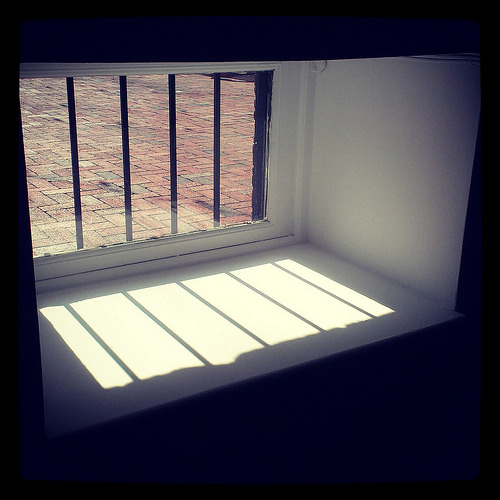Latest and Most Interesting News
|
27
Nov
|

Whether you are a homeowner or realtor, old basement windows are never a good thing. Windows are a major source of draughts in the home and a responsible for around ten percent of all heat loss. Having new vinyl basement windows installed is a great instant solution but not many of us can afford them. We’ll walk you through the steps of draught proofing your basement windows. Our five tips are arranged in order of cost from lowest to highest.
#1. External Window Film
If you live in rented accommodation and simply want a temporary fix you can buy window insulator kits. The most effective kits are applied to the exterior of the window but, where this isn’t an option, internal kits are available too. These kits contain double-sided adhesive tape that you apply to the window frames and a clear plastic sheet that you lay on top. Cut and fit this sheet then use a hairdryer or heat gun on a low setting to shrink the plastic until it becomes taught. These sheets have several drawbacks. They not only look awful and prevent you from opening the window for ventilation but they don’t always last that long. The plastic can soon ripple and need replacing.
#2. Self-Adhesive Insulation Foam Tape
If the window draughts are coming from around the frame, foam insulation tape is your best bet. It is applied to the edges of the opening part of the window and is particularly effective for hinged casement windows. You have to ensure that the foam is thin enough as so not to prevent the window from closing properly.
#3. Draught Excluder Strips
If your basement windows are letting in draughts, the primary cause is likely the fit of the window within the frame. This will increase your heating and cooling costs and be one of the causes of musty or molding smells in your basement as moisture can enter through these gaps as well. The third cheapest option is to install draught excluder strips. These are held in place with strips of self-adhesive tape (usually foam tape) and must be installed around all edges of your window. These work in the same way as under door draught excluders and prevent draughts around the edges of your windows.
#4. Internal Windows
These windows cost around half what full replacements would cost. As the name suggests, they are fitting to the interior wall and are usually aluminum or vinyl framed sliding-type windows. They can be opened to give access to the original window. The air gap between the existing window and internal window is very effective at reducing noise and heat transference.
#5. Re-Installation Of Existing Windows
Brand new basement windows will outdo anything on this list in terms of improving your home’s energy efficiency and eliminating draughts. They are the only ‘investment’ solution as their cost is offset by the amount they raise your home’s value and security by. Some firms specializing in basement window installation in Toronto will re-seat your existing windows. This involves re-sealing around the window panes and re-calking the exterior of the frames. Short of internal windows or new windows, this is your best option for cutting out draughts in the long term.
Back to Posts






